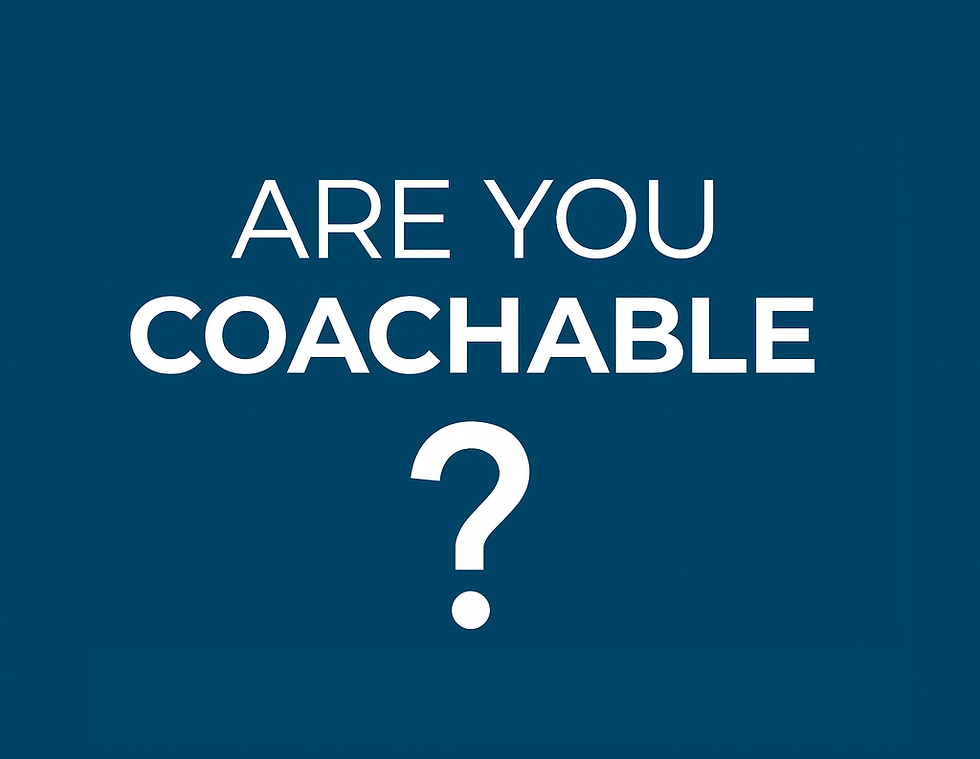The Silent Killer of Sales: Talking Too Much and Listening Too Little
- Jodi-Tatiana Charles

- Jul 3
- 3 min read
July 3, 2025

This morning, I took a phone call, not a Zoom, from someone who had reached out to me persistently via LinkedIn. I’m incredibly protective of my network, so I don’t accept every connection request, but this person was consistent and professional enough that I agreed to take a call.
Why not Zoom? Simple. I like to multitask, and honestly,
I wasn’t entirely sure what the call was about. I wanted to keep it casual and efficient. What unfolded over the next 30 minutes was a textbook case of what not to do during a cold call, especially for seasoned sales professionals.
We all know the grind of cold outreach: phone, email, DMs. It’s the broccoli of business development, not always exciting, but essential for growth and flow. Even the most experienced entrepreneurs and closers have to keep the engine running with proactive outreach. But this is where the wheels often fall off: launching into a full-speed pitch without so much as taking a breath.
No rapport-building
No questions
No curiosity
Just a stream of features, benefits, buzzwords, and in this case, a relentless self-congratulatory monologue about their career, clients, and accolades. The individual talked “at me” for nearly thirty minutes straight, listing every deal they’d ever closed, every award they’d won, and every reason why they were “the best at what they do,” without asking a single question or giving me space to respond. Not even a polite “Does that make sense so far?”
It wasn’t a conversation. It was a painful performance. Frankly, I could’ve put the phone down, made a sandwich, run down to my car, and come back without missing anything. When I finally interjected, gently, to say the pitch wasn’t relevant to my needs, the tone shifted. Suddenly, it felt like I was being blamed for not “seeing the value.”
Pro tip: If your prospect starts feeling like they’ve just failed a pop quiz they didn’t sign up for, you’ve already lost them.
That tactic, subtly or overtly trying to make the prospect feel like they are the problem, isn’t just ineffective, it’s toxic. It shuts doors and burns bridges, usually in under five seconds flat.
Cold calls are not about convincing. They are about connecting. Think of them less like a sales pitch and more like a first date. You’re there to find out if there’s a spark, not to propose in the first five minutes.
Even with years of experience under your belt, the fundamentals still matter:
Ask questions. Real ones. Not just “Would you say you're happy with your current provider?”
Listen deeply. And not just to respond. Listen to understand.
Make your outreach about the recipient, not your script.
And when they say no, thank them. Do not shame them. Don’t imply they’re missing out or that they “just don’t get it.” It’s not a good look, and more importantly, it’s not how relationships are built.
The best salespeople don’t just pitch. They partner. They build trust, demonstrate empathy, and recognize that listening is often more powerful than speaking.
So, when you decide to professionally stalk someone on LinkedIn, take the time to do your homework, research and lead with thoughtful questions. If your calls are falling flat, the problem might not be the lead. It might be your approach. Slow down. Ask. Listen. That is where real sales begin.
And if you’re still not convinced, try speaking half as much on your next call. You might be surprised by what you learn when you create more space for the other person to talk.




Comments